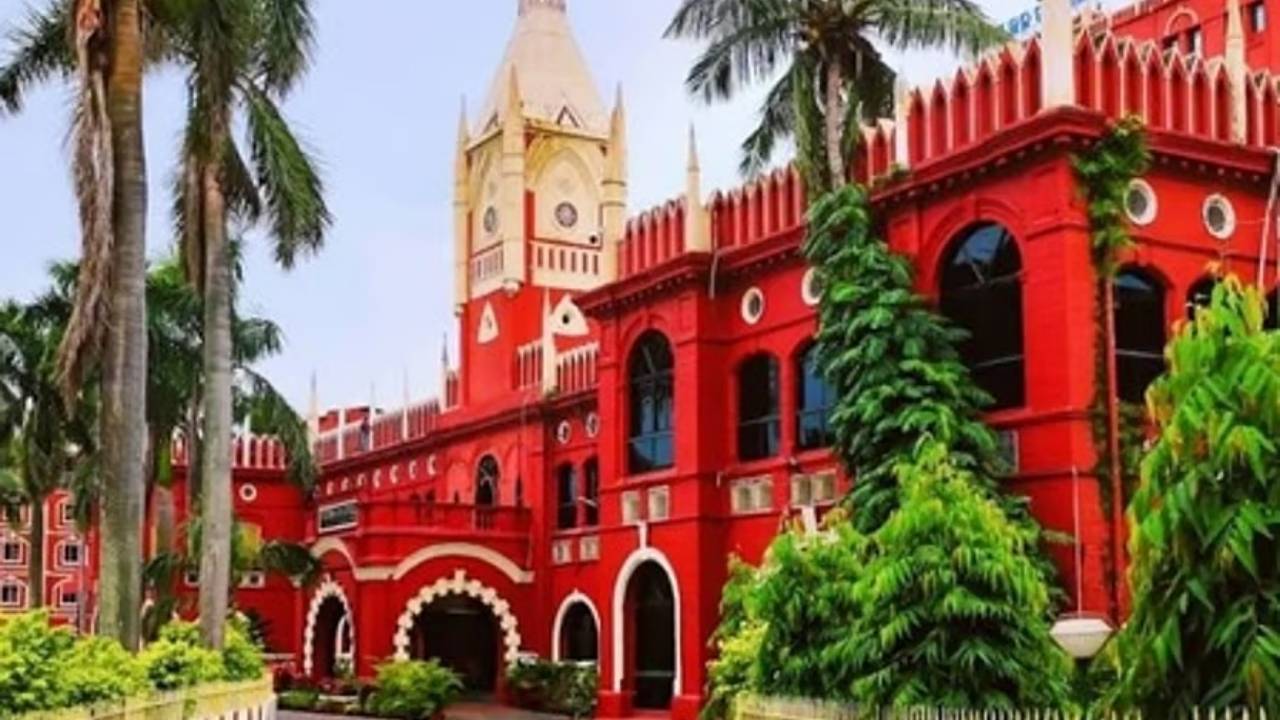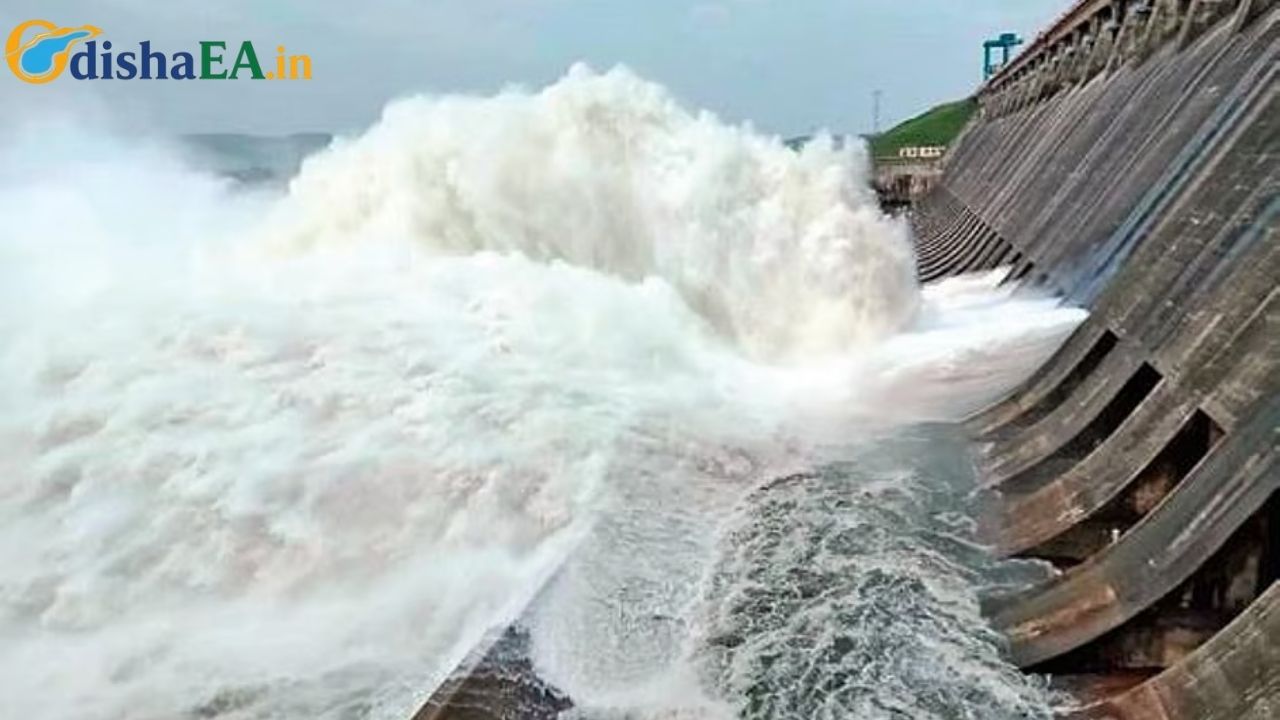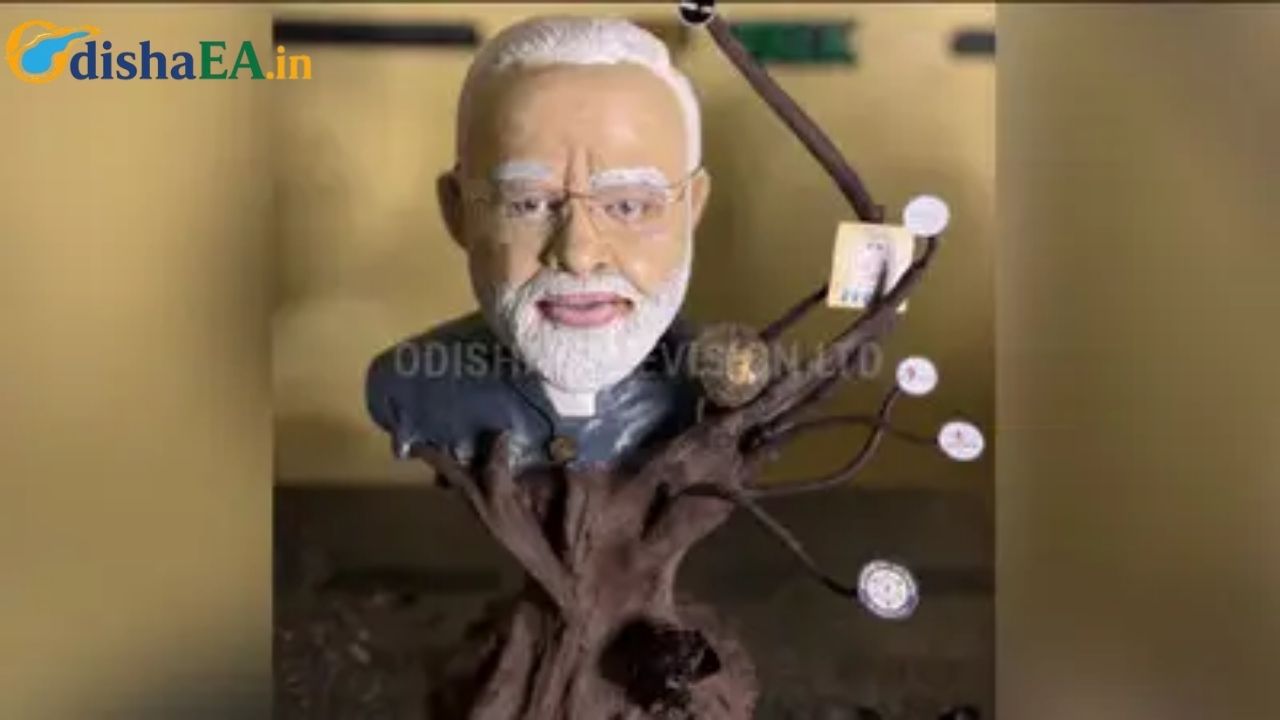When you hear that the Orissa High Court drops a bombshell on the Cuttack drainage project, it sounds like something out of a political drama. But this is very real—and it’s about how ₹335 crore (around $40 million USD) worth of taxpayers’ money is being scrutinized because of questionable paperwork and skipped procedures.
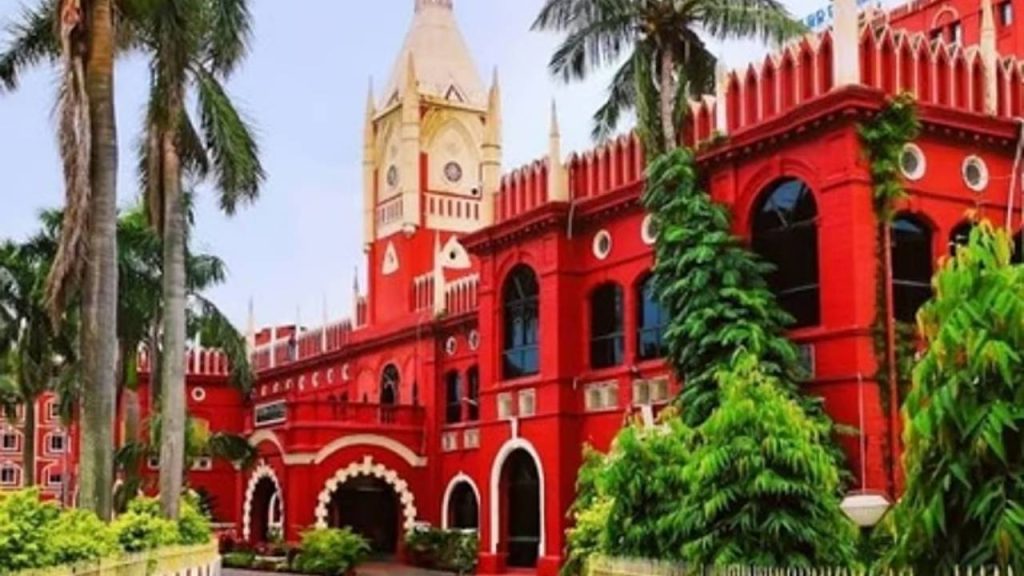
At the heart of this controversy is a fight over who gets to vet the technical designs for a massive drainage project in Cuttack, Odisha’s second-largest city. The High Court is not just raising its eyebrow—it’s raising red flags over how Detailed Project Reports (DPRs) worth hundreds of crores were prepared and vetted, seemingly without following the rules.
Orissa HC Drops Bombshell on Cuttack Drainage Project
| Issue | Details |
|---|---|
| Project Name | Branch Surface Water Channel (BSWC) Drainage Project |
| Cost | ₹335.42 crore (approx. $40M USD) |
| Location | Cuttack, Odisha |
| Main Concern | DPRs prepared without mandated IIT Bhubaneswar approval |
| Alternate Vetting | Done by VSSUT, Burla, instead |
| Court Action | Affidavit demanded by Sept 18, 2025, from Housing & Urban Development Dept |
| Reference | Orissa High Court Official Website |
The Orissa High Court’s scrutiny of the Cuttack drainage project isn’t just courtroom drama—it’s a lesson in why governance, transparency, and procedure matter. Whether you’re a citizen paying taxes, a professional managing projects, or a policymaker shaping urban development, the takeaway is clear: don’t skip the safety checks.
This case will likely shape how future infrastructure projects in Odisha (and beyond) are reviewed. The real question is: will the system learn from it, or will history repeat itself when the next crores get sanctioned?
Why This Case Matters
Let’s be real—most people don’t lose sleep over drainage projects. But in India, especially in Cuttack, drainage is a life-or-death issue every monsoon. Streets flood, homes get submerged, and diseases spread like wildfire when waterlogging becomes chronic.
That’s why every rupee spent on drainage matters. When projects worth hundreds of crores get sloppy handling, it’s not just bad governance—it’s a direct hit on the lives of millions.
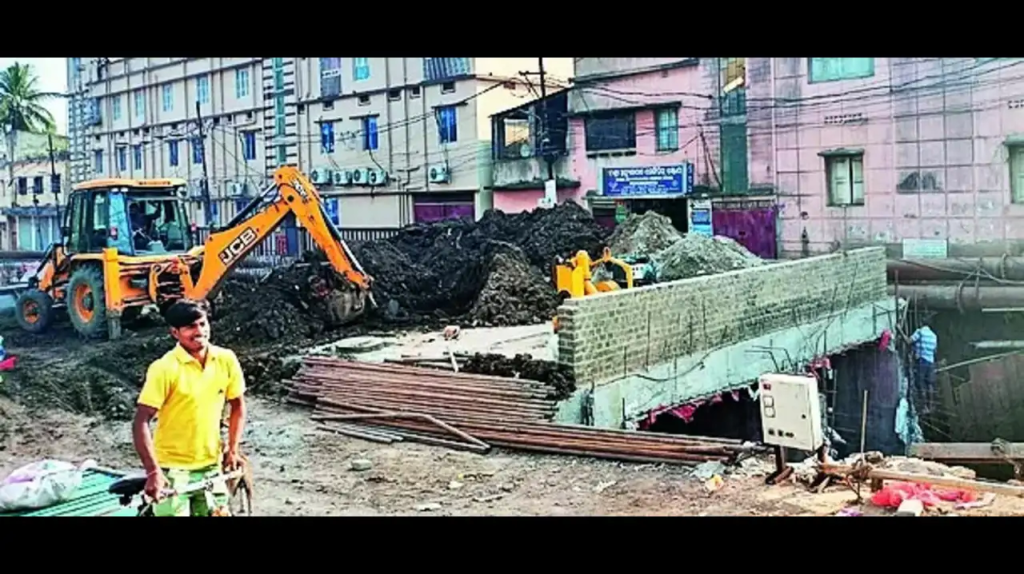
What’s a DPR and Why Should You Care?
A Detailed Project Report (DPR) is basically the blueprint for a big public works project. Think of it like the recipe card before you bake a massive cake. It lays out:
- What needs to be done (engineering plans, surveys, designs)
- How much it’ll cost (budgeting, tendering, labor costs)
- Who’s responsible (engineers, consultants, contractors)
Now, if you skip steps in this recipe, you don’t just get a bad cake—you risk wasting crores of public money. In this case, the Orissa government had specifically directed that IIT Bhubaneswar, one of India’s premier engineering schools, should review the technical designs. Instead, VSSUT Burla was roped in, without clear approval.
The Court’s Big Questions
The High Court’s grilling boils down to three big concerns:
- Why was IIT Bhubaneswar ignored?
The state’s May 30, 2025 directive said IIT should be the technical vetting authority. Ignoring this makes the process look shady. - Does VSSUT have the chops for this?
No hate on VSSUT—it’s a respected university—but when we’re talking about a ₹335 crore project, the court wants proof of credentials. What past projects has it handled? Were the outcomes successful? - Why so many procedural lapses?
Earlier hearings revealed that DPRs were missing official signatures and had a private consultancy firm appearing on behalf of the city engineer. That’s like your contractor’s cousin showing up to approve your house loan—totally unauthorized.
How Big Money Public Projects Usually Work
To understand why this is a big deal, let’s break it down. In India—and frankly, anywhere—large-scale public projects follow a chain of accountability:
- Project Proposal → Identifying the problem (in this case, drainage).
- DPR Preparation → Consultants/engineers create detailed designs.
- Technical Vetting → Independent expert body vets the designs (to prevent mistakes or corruption).
- Approval & Tendering → Govt signs off and invites contractors to bid.
- Execution → Contractors build under supervision.
- Audit & Review → Independent agencies check if money was well spent.
By skipping or altering Step 3, the entire chain is compromised. It’s like building a skyscraper without checking if the soil can handle the weight.
The High Court’s Directives
The Orissa HC has now set September 18, 2025 as the deadline for the Housing & Urban Development Department to file an affidavit answering:
- Why IIT Bhubaneswar was bypassed.
- Whether VSSUT Burla was vetted for competence.
- The list of projects VSSUT has reviewed and their outcomes.
Until then, the DPRs remain under heavy scrutiny—and so does the city administration.
Lessons for Citizens and Professionals
Okay, so what can we, as regular people and professionals, take away from this?
1. Transparency in Public Spending
When you hear “₹335 crore drainage project,” remember—that’s your tax money at work. Always demand transparency from local bodies, whether it’s for drainage, roads, or healthcare.
2. The Role of Independent Review
Think of IIT Bhubaneswar’s role like the FDA approving a new drug in the U.S. You don’t skip the FDA and go with your neighborhood chemist. Independent review is meant to protect the public from fraud or failure.
3. Procedures Matter—Always
Skipping one step in a major process may sound small, but in governance, it often leads to disaster. Whether you’re managing a company project or a government scheme, procedures are your safety net.
Practical Advice for Professionals
Even if you’re not in civil engineering, there are practical lessons here:
- For Project Managers: Always have third-party audits to avoid blind spots.
- For Consultants: Document everything—missing signatures and vague roles are red flags.
- For Civic Leaders: Communicate clearly with the public. People lose trust when they see opaque handling of big budgets.
- For Citizens: Stay engaged. Use tools like India’s RTI Act to demand accountability.
Broader Implications
This isn’t just about Cuttack. Across India—and the U.S. too—massive infrastructure projects often get delayed, mismanaged, or worse, riddled with corruption. The Boston Big Dig, for example, ballooned from $2.6 billion to nearly $15 billion due to mismanagement and hidden costs (Boston Globe).
Cuttack’s case is a reminder that vigilance, strong institutions, and citizen oversight are the only ways to make sure billion-dollar drains don’t end up draining our trust.
Vedanta Launches Mobile Health Unit to Bring Healthcare to Rayagada and Kalahandi
Tata Power Faces Legal Blow After Orissa HC Orders Rs 2 Lakh Compensation for Worker’s Family
FAQs
Q1. What is a DPR in simple terms?
A DPR, or Detailed Project Report, is like a master plan for big projects. It covers technical designs, costs, and timelines.
Q2. Why did the High Court get involved?
Because procedural lapses—like bypassing IIT Bhubaneswar—suggest that due process wasn’t followed, which could waste public funds.
Q3. What’s the risk if DPRs are faulty?
Bad DPRs = bad projects. This could mean poor drainage, more flooding, wasted money, and even structural collapses in worst-case scenarios.
Q4. Who is VSSUT, Burla?
Veer Surendra Sai University of Technology, a respected regional engineering university. But the HC wants proof it can handle projects of this magnitude.
Q5. When will we know more?
By September 18, 2025, when the Housing & Urban Development Dept files its affidavit.

